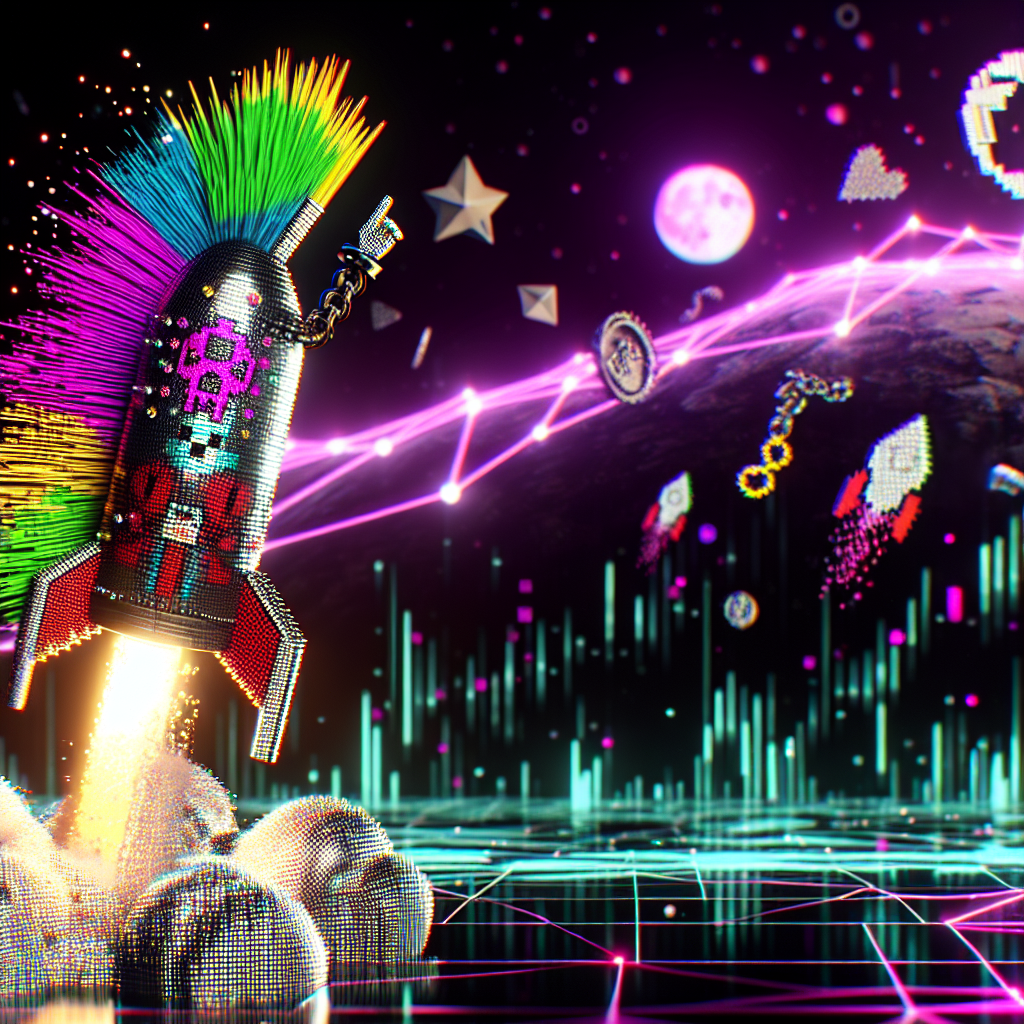PunkStrategy (PNKSTR), a token that connects NFT trading with reinvestment strategies, has seen significant growth, demonstrating rising interest in crypto-NFT hybrid approaches.
However, analysts warn that volatility remains a major concern for these experimental tokens.
PunkStrategy’s Innovative Model and Recent Performance
Sponsored
Sponsored
PunkStrategy, created by TokenWorks, employs a trading model that dedicates 10% of transaction fees to acquire Cryptopunk NFTs. These NFTs are subsequently resold at a premium, and the proceeds are reinvested into buying back PNKSTR tokens. This cyclical method aims to bolster both the NFT market and the liquidity of the token.
In the last 24 hours, PNKSTR experienced a rise of 87%, elevating its market cap to roughly $36.4 million. Although the model has drawn interest for its innovative framework, experts point out that its speculative nature can result in considerable price volatility.

The strategy builds on previous NFT-centered models, enhancing the notion of tokenized art and collectibles as investment vehicles. Analysts observe that while the gains are noteworthy, underlying risks such as NFT market illiquidity and speculative trading are still significant. Investors need to assess the potential rewards against the inherent market volatility before investing.
Market Implications and Investor Considerations
The swift rise of PNKSTR reflects a broader trend in the incorporation of NFTs into crypto tokenomics. By establishing a flywheel effect—where NFT sales finance token buybacks—the model seeks to stabilize token prices while enhancing NFT demand. Nonetheless, industry watchers, including ChainCatcher, remind observers that the method is largely untested at scale and may encounter sudden price fluctuations.
Financial experts emphasize that such tokens highlight the increasing convergence of digital art and blockchain finance. Both institutional and retail investors are watching PNKSTR as a case study in NFT-token integration. Despite impressive short-term successes, the long-term viability of the model depends on sustained market interest in NFTs and the token’s capacity to maintain liquidity amidst price volatility.

